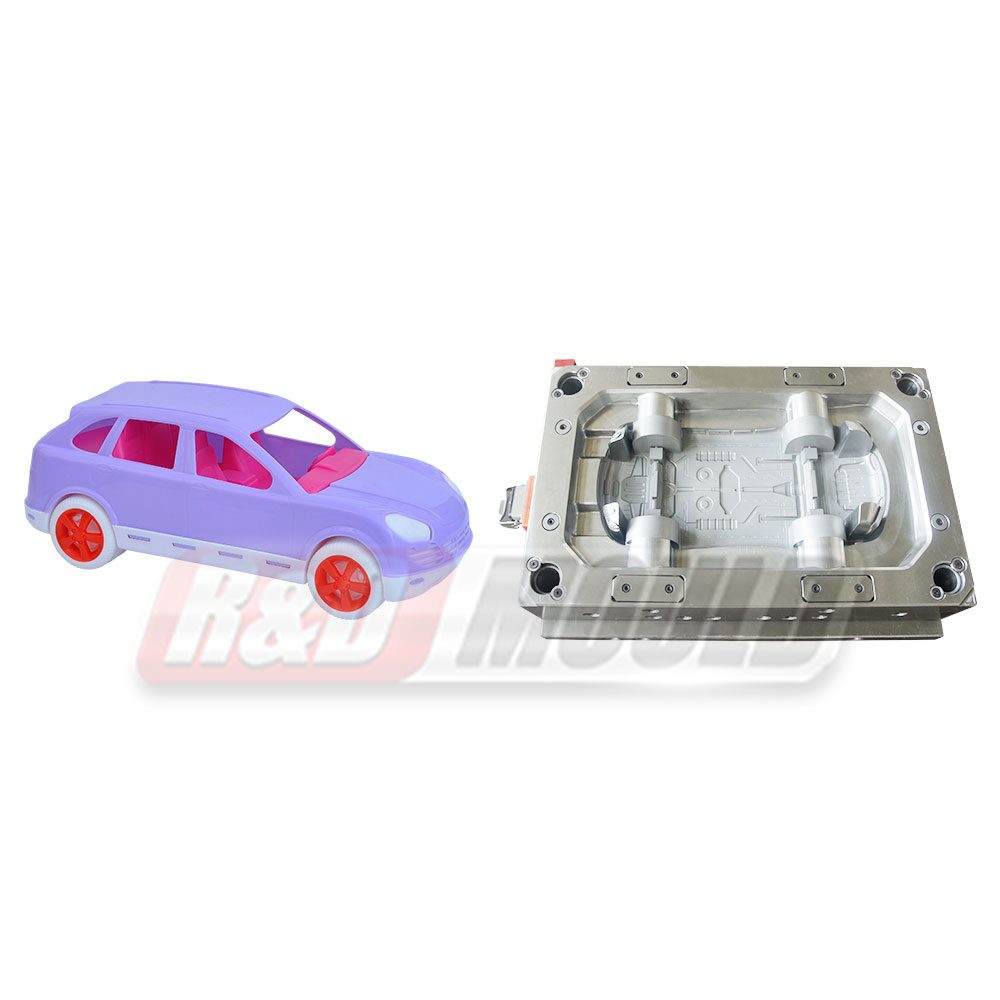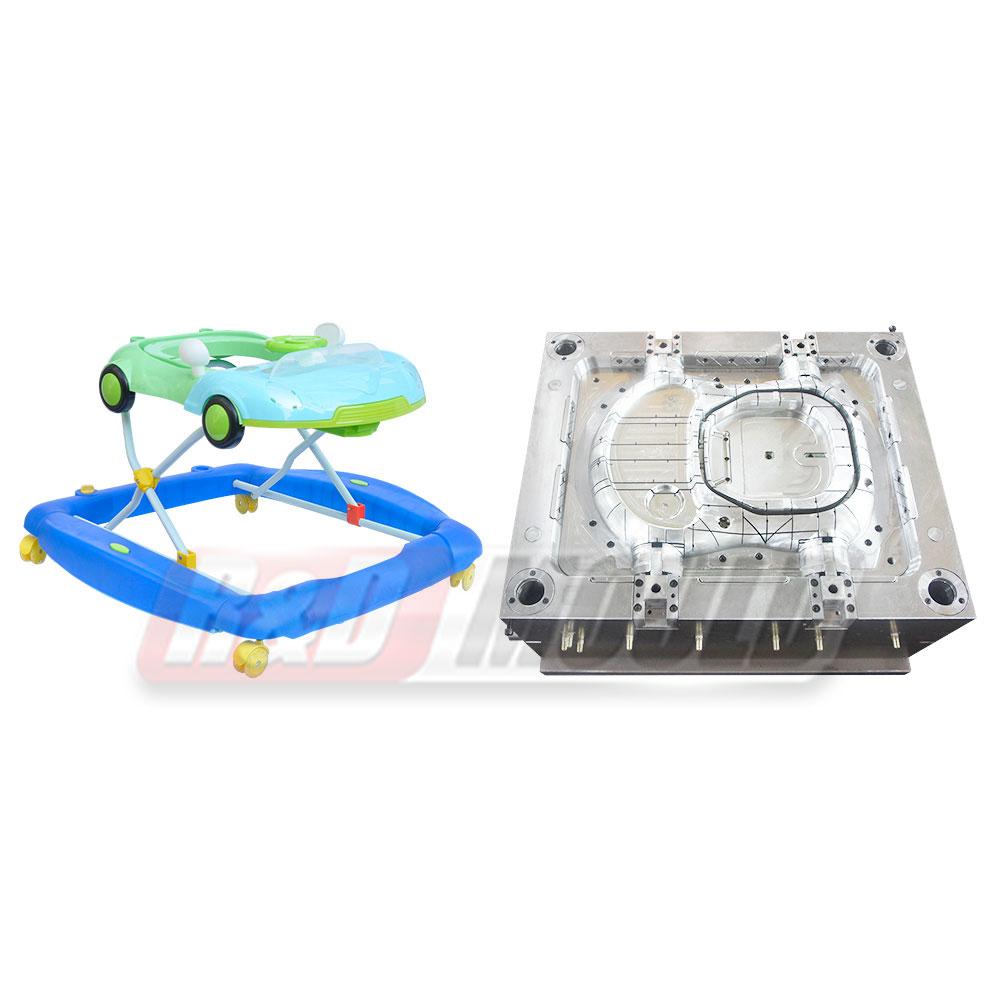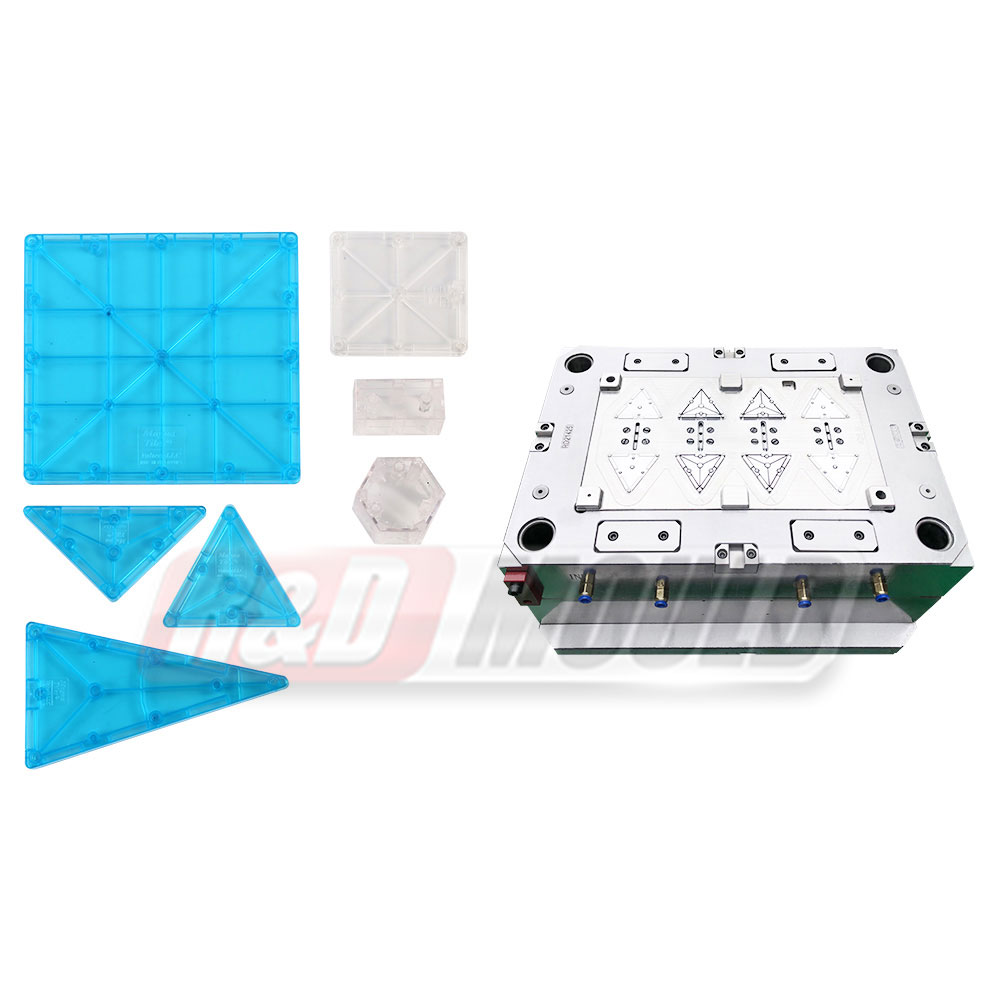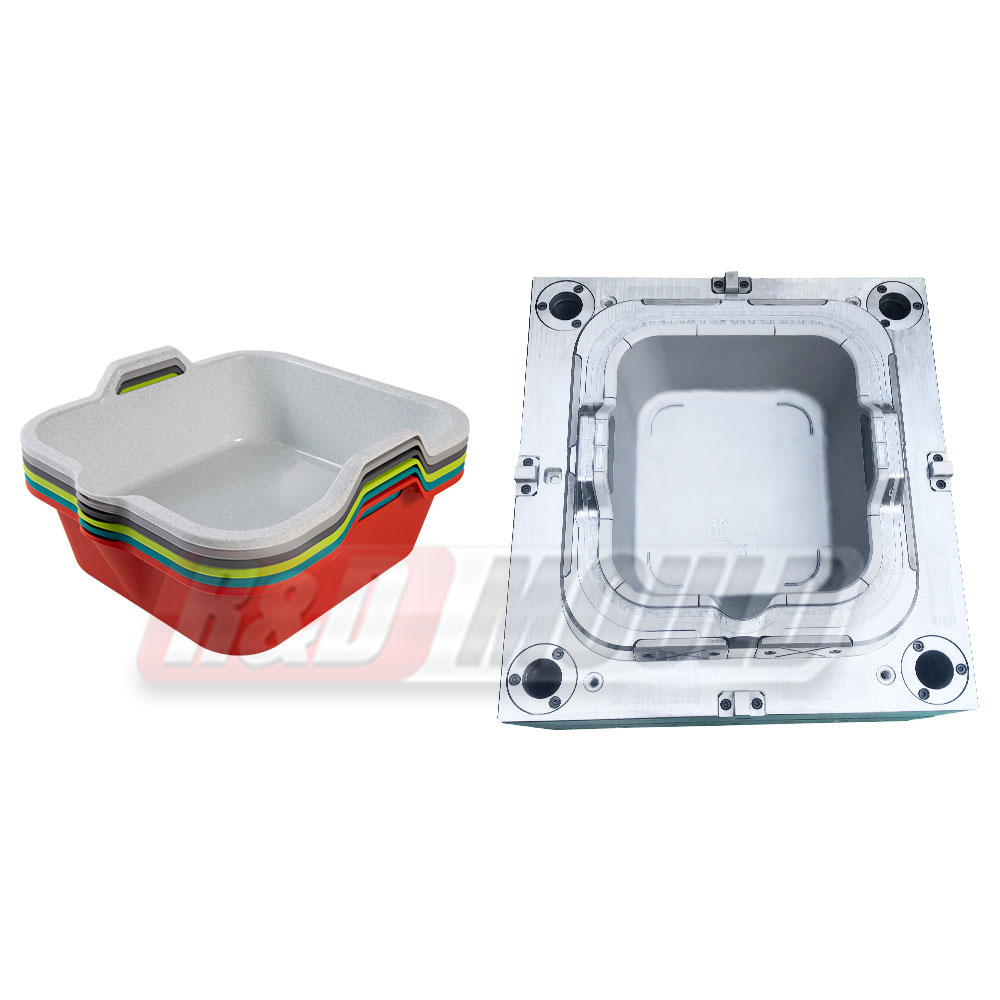Plastic flower pot molds play a crucial role in the production of the vibrant and durable containers we see adorning gardens, balconies, and windowsills worldwide. They enable manufacturers to create pots of various sizes, shapes, and designs, meeting the diverse needs of gardeners and interior decorators. These molds are responsible for the intricate detailing, textures, and patterns that enhance the aesthetic appeal of plastic flower pots.
Design Considerations
Creating the perfect plastic flower pot mold is a meticulous process that begins with design considerations. Manufacturers must take into account factors such as pot size, shape, thickness, material type, and desired texture. The choice of plastic resin is crucial, as it influences the pot's durability, flexibility, and resistance to weathering. Additionally, mold design should accommodate features like drainage holes, which are essential for plant health.
Mold Material Selection
The material used for making plastic flower pot molds is typically steel or aluminum due to their durability and heat-conducting properties. These materials can withstand the high temperatures and pressures required for the injection molding process. Steel molds are preferred for their long lifespan, making them cost-effective in the long run, while aluminum molds offer faster cooling times, reducing production cycles.
The Mold Creation Process
Design and Prototype: The first step in creating a plastic flower pot mold is to design a 3D model using computer-aided design (CAD) software. This model is then used to create a prototype mold for testing and refinement.
Mold Fabrication: Once the prototype is approved, the actual mold is fabricated from steel or aluminum using precision machinery. Skilled machinists cut, shape, and polish the mold to exact specifications.
Injection Molding: The mold is installed in an injection molding machine. Plastic resin pellets are melted and injected into the mold cavity under high pressure. This process is repeated for each pot.
Cooling and Ejection: After the plastic has cooled and solidified inside the mold, the mold is opened, and the newly formed flower pot is ejected. The cycle then repeats for the next pot.
Quality Control: Each flower pot undergoes rigorous quality control checks to ensure it meets the desired specifications, including size, shape, texture, and structural integrity.
Plastic flower pot molds are the unsung heroes behind the colorful and versatile containers that adorn gardens and living spaces around the world. Their significance in the world of gardening cannot be overstated, as they enable manufacturers to produce pots of various shapes, sizes, and designs to suit every gardener's needs. Design considerations, mold material selection, and the meticulous mold creation process are all critical factors in ensuring the production of high-quality plastic flower pots.






 English
English عربى
عربى Español
Español Français
Français








